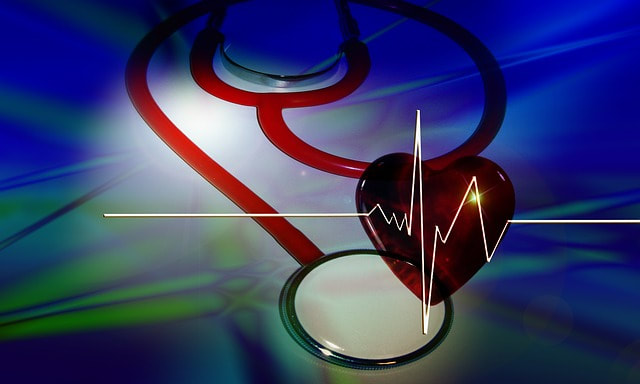A hemorrhagic stroke occurs when a blood vessel ruptures. The blood accumulates and damages the brain tissue. An ischemic stroke develops when a clot blocks blood flow to the brain. Clots most commonly contain blood, but fatty deposits can also form a clot that blocks blood flow. There is also a third type of stroke often referred to as a “mini-stroke,” which is called a transient ischemic attack or a TIA. A TIA also occurs when the blood flow to the brain is interrupted. Blockage is only temporary, and blood flow returns to the brain without medical intervention. As blood flow is generally only reduced for a short time, there are usually no lasting effects. However, having a TIA may be a warning sign that you are at risk for a stroke. Stroke SymptomsDamage to the brain can start as soon as blood flow is reduced. To decrease the damage caused by a stroke, it is vital to get help as soon as symptoms of a stroke start. Symptoms of a stroke are the same in both a hemorrhagic and an ischemic stroke. The American Heart Association has developed the following acronym, FAST, to help remember the signs of a stroke:
Additional symptoms of a stroke that may or may not develop include:
How a Stroke May Affect VisionThe symptoms and effects of a stroke depend on which part of the brain is not receiving blood flow and oxygen. Visual issues may be present and prevalent after a stroke. As reported by the National Stroke Association, up to about 60 percent of people have vision changes after a stroke. Your ability to see requires healthy eyes and also a well-functioning visual processing center in the brain. The optical processing center allows you to interpret and process the images you see. If that part of the brain is damaged during a stroke, it can lead to vision changes. Vision changes can be temporary or permanent, depending on the extent of the damage. There are several different vision problems that can occur. For example, visual processing issues may include problems with distance or depth perception. Vision field loss, including blind spots and / or peripheral vision loss, can also occur after a stroke. Other eye issues can also develop from damage to the brain. For instance, the damage may interfere with the ability to blink, which can lead to dry eyes. If coordination of eye movements is affected, it might result in double vision. Stroke Prevention TipsFortunately, there are ways you can decrease your risk of a stroke. Consider the following stroke prevention tips:
Thanks for reading our post. We are happy to answer any questions you have regarding stroke prevention. If you would like to schedule an appointment with one of our eye doctors, please call our office at 508-746-8600. Comments are closed.
|
EYE HEALTH BLOGCategories
All
Archives
July 2024
|
|
Kadrmas Eye Care New England
55 Commerce Way, Plymouth, MA 02360
14 Tobey Road, Wareham, MA 02571 133 Falmouth Road (Rt 28), Mashpee, MA 02649 |
Phone Number:
1-508-746-8600 Hours: Monday through Friday — 8 AM – 4:30 PM |


 RSS Feed
RSS Feed
